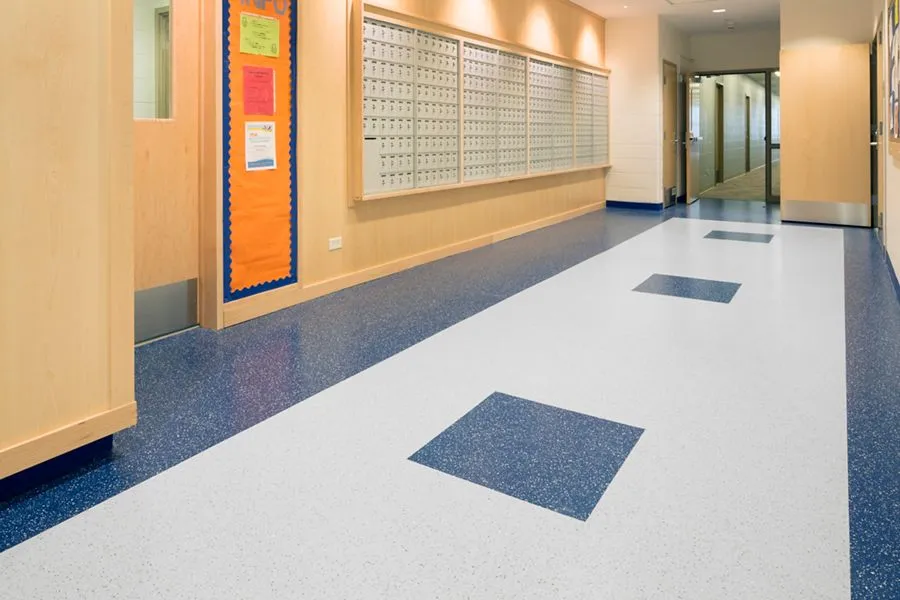Stylish Kitchen Skirting Boards to Enhance Your Home Decor and Aesthetics
Understanding Kitchen Skirting Boards An Essential Element of Design
When it comes to home design, every detail counts, and one often-overlooked element is the skirting board, particularly in the kitchen. Skirting boards, also known as baseboards, serve not only as a decorative feature but also play a practical role in protecting walls from damage. In the kitchen, where activity levels are high, understanding the importance of kitchen skirting boards can greatly enhance the overall design and functionality of the space.
What Are Kitchen Skirting Boards?
Skirting boards are horizontal boards that run along the bottom of a wall, covering the joint between the wall and the floor. In a kitchen setting, skirting boards can range from simple and functional to ornate and decorative, depending on the style of the kitchen. They come in various materials, including wood, MDF, and vinyl, each offering different aesthetic and durability qualities.
The Aesthetic Appeal
One of the primary reasons homeowners choose to install skirting boards in their kitchens is for aesthetic appeal. Skirting boards can add a finishing touch to a kitchen design, balancing the look of cabinetry and flooring. For example, a sleek, modern kitchen with minimalist cabinetry might benefit from a simple, straight-line skirting board. In contrast, a farmhouse-style kitchen could incorporate a more intricate, decorative skirting board that complements the rustic elements.
The choice of color and finish also plays a significant role in the overall look. White skirting boards can create a clean and crisp contrast against darker cabinets, while painted or stained wood options can add warmth and texture. Ultimately, the skirting board should harmonize with the kitchen's overall design theme.
Practical Benefits
kitchen skirting board

Beyond aesthetics, kitchen skirting boards offer practical benefits that cannot be overlooked.
1. Protection Kitchen environments can be messy, and skirting boards provide a barrier that protects walls from spills, splatters, and scuff marks caused by foot traffic or furniture. This is particularly important in areas where food preparation and cooking occur.
2. Easier Cleaning Skirting boards streamline the cleaning process. They help prevent dust and grime from collecting at the base of walls, making it easier to maintain a clean kitchen. Additionally, they can bridge the gap between the wall and the floor, allowing for better vacuuming and mopping.
3. Concealing Imperfections Often, the edges of floors and walls are not perfectly straight. Skirting boards can cleverly conceal these imperfections, providing a polished look that adds to the overall design integrity of the kitchen.
Installation and Maintenance
Installing skirting boards in the kitchen involves careful measurement and cutting to ensure a snug fit. Professionals often recommend painting or finishing the boards before installation to avoid mess and achieve a clean look. Once installed, maintaining skirting boards is relatively easy—regular dusting and occasional wiping with a damp cloth will keep them looking their best.
Conclusion
In conclusion, kitchen skirting boards are an essential element of both style and functionality in kitchen design. They serve to enhance the aesthetic appeal of the space while providing practical benefits like protection and easier maintenance. When selecting skirting boards for your kitchen, consider the overall design theme, material, and finish that best align with your vision. By paying attention to this often-overlooked detail, you can significantly elevate the look and feel of your kitchen, making it both beautiful and functional.
-
Versatile Solutions with Premium Masking TapesMay.09,2025
-
Transforming Spaces with Commercial Flooring SolutionsMay.09,2025
-
Innovative Uses of Masking Tapes and Skirting BoardsMay.09,2025
-
Innovative Solutions for Modern Flooring and Wall FinishesMay.09,2025
-
Enhancing Spaces with Wood Laminate Flooring and AccessoriesMay.09,2025
-
Elevate Your Home with the Right Residential FlooringMay.09,2025




